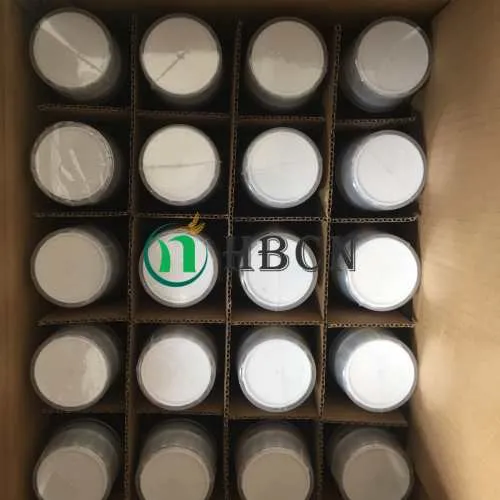
Sep . 24, 2024 10:37 Back to list
Chlorothalonil TM-85 A Key Player in Agricultural Fungicide Solutions for Crop Protection
The Role of Chlorothalonil in Agriculture A Comprehensive Overview
Chlorothalonil, a broad-spectrum fungicide, has been a pivotal component in integrated pest management for several decades. Its efficacy in combating a wide range of fungal pathogens makes it an indispensable tool for farmers striving to maintain crop health and maximize yield. Understanding its application, benefits, and concerns can provide valuable insights into its role in modern agriculture.
The Role of Chlorothalonil in Agriculture A Comprehensive Overview
One of the primary advantages of chlorothalonil is its residual activity. The compound remains active in the environment for an extended period, offering ongoing protection to crops even after application. This long-lasting effect reduces the frequency of applications required, thereby lowering overall labor costs for farmers. Furthermore, its versatility allows it to be employed in a variety of settings, from large-scale agricultural operations to smaller horticultural endeavors.
chlorothalonil tm-85

In addition to its effectiveness, chlorothalonil is considered a valuable tool in sustainable agriculture. Its use can lead to lower crop losses, ultimately contributing to food security. By controlling fungal diseases effectively, it enables farmers to reduce their reliance on other, potentially more hazardous chemicals. Moreover, integrated pest management practices often incorporate chlorothalonil due to its favorable profile in terms of resistance development; pathogens are less likely to develop resistance to it when used correctly in rotation with other fungicides.
However, the use of chlorothalonil does not come without concerns. Environmental and health-related issues have sparked debates regarding its safety. Studies have highlighted potential risks to aquatic ecosystems, prompting regulatory bodies to assess its impact and enforce guidelines for safe application. Additionally, there are concerns about its classification as a possible human carcinogen, which has led to increased scrutiny and calls for more stringent regulations regarding its use.
To mitigate these risks, it is crucial for farmers and agricultural professionals to follow best management practices. This includes adhering to recommended application rates, timing, and safety guidelines to minimize exposure and environmental contamination. Continuous research into alternative fungicides and biopesticides also plays a significant role in promoting sustainable practices while ensuring the health of crops.
In conclusion, chlorothalonil remains a significant player in the agricultural sector, offering effective control of fungal diseases that threaten crop production. As the industry evolves, balancing its benefits with environmental and health concerns will be critical. By fostering responsible use and exploring innovative alternatives, the agricultural community can continue to leverage chlorothalonil's advantages while safeguarding public health and ecosystems. Ongoing education and adherence to safety regulations will be essential in ensuring that this powerful fungicide can be utilized effectively and sustainably for years to come.
-
Buy Penoxsulam Herbicide - Selective Weed Control Solution for Lawns & Crops
NewsJul.08,2025
-
Malathion and White Oil Effective Insecticide for Citrus & Ornamentals
NewsJul.08,2025
-
Best Section Fungicide Solutions Effective Carbendazim & Copper Fungicides for Citrus Trees
NewsJul.08,2025
-
Types of Herbicides Explained Discover 5 Types of Selective Herbicides for Effective Weed Control
NewsJul.07,2025
-
Buy Bifen Chemical – Safe Termiticide for Dogs & Effective Pest Control Solutions
NewsJul.07,2025
-
Dragon Insecticide – Powerful Pest Control Solution Dragon Super Insecticide & Fumigant Insecticide
NewsJul.06,2025
